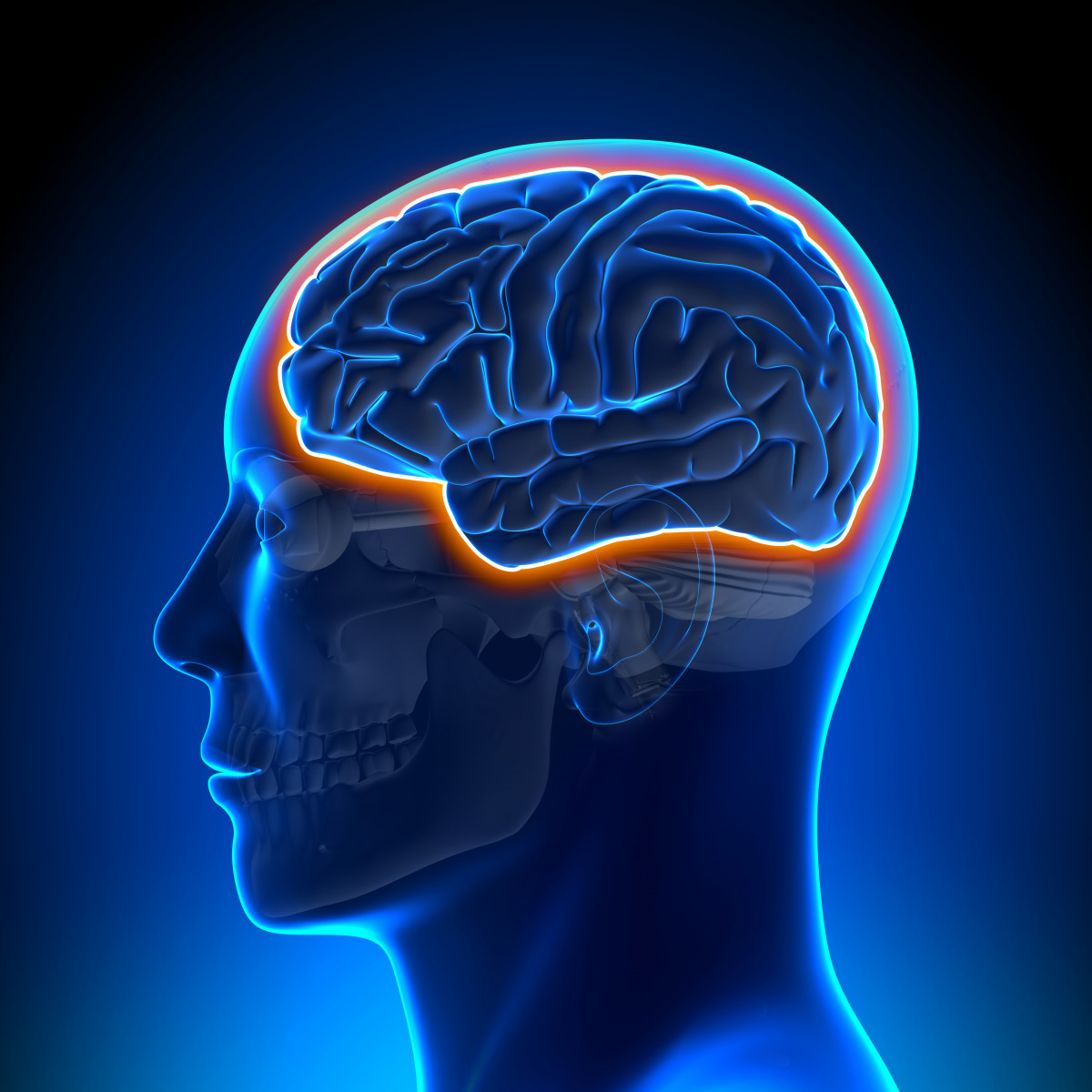Fabry Disease and Seizures

Patients with Fabry disease may develop neurological symptoms, including seizures. While rare, these can be life-altering.
Following is information about how Fabry disease and seizures may be linked.
What is Fabry disease?
Fabry disease is a rare genetic disorder caused by mutations in the GLA gene. This gene contains the instructions necessary for cells to produce an enzyme called alpha-galactosidase A that breaks down a type of fat called globotriaosylceramide (GL-3 or Gb3).
Mutations in the GLA gene lead to the production of lower levels of functioning alpha-galactosidase A. This results in an increase in Gb3 in the body. The buildup of Gb3 in the blood and tissues causes the symptoms of Fabry disease.
What are seizures?
Seizures are periods of uncontrolled electrical activity in the brain. There are different types of seizures depending on what part(s) of the brain they affect.
Aberrant electrical activity that is more widespread in the brain results in generalized seizures. These include seizures that cause stiff muscles (tonic), episodes of staring into space (absence), patients to go limp and drop to the floor (atonic), rhythmic or repeated movements (clinic), sudden twitches or jerks (myoclonic), and violent jerking with loss of consciousness (tonic-clonic, also known as grand mal seizures).
Seizures also can affect smaller parts of the brain (focal seizures). They may lead to a loss of awareness or consciousness, or to altered perceptions or emotions.
How Fabry disease may cause seizures
Scientists do not fully understand the link between Fabry disease and seizures. However, there is evidence in both case studies and larger survey studies of patients with Fabry disease having seizures.
Results from the Fabry outcome survey in 688 patients showed that 4% of male patients and 2% of female patients reported having epilepsy (frequent seizures). These percentages were significantly higher than the general population.
Current thinking about the cause of seizures in Fabry disease patients includes the formation of scar tissue in the brain caused by the injury and death of nerve cells. The damage is due to the accumulation of Gb3 inside cells and damage to the blood vessels that supply them (cerebrovascular disease). Some of the cells that support nerve cells, called glia, wall off the damaged tissue to help protect the healthy cells from toxic substances that dying cells release. These glial scars that form may block and reroute neural pathways, causing abnormal electrical activity.
Treatment options
Physicians may prescribe anti-epileptic medications such as pregabalin or gabapentin to help prevent seizures, and for pain relief in Fabry disease patients
Enzyme replacement therapy addresses the underlying cause of Fabry disease. It involves infusions of synthetic alpha-galactosidase A enzyme. The intent of the therapy is to replace the enzyme patients are lacking in an attempt to halt or reverse the progression of the disease. Researchers have not tested the effect of enzyme replacement therapy on seizure activity in Fabry disease patients.
Last updated: Oct. 30, 2020
***
Fabry Disease News is strictly a news and information website about the disease. It does not provide medical advice, diagnosis, or treatment. This content is not intended to be a substitute for professional medical advice, diagnosis, or treatment. Always seek the advice of your physician or other qualified health provider with any questions you may have regarding a medical condition. Never disregard professional medical advice or delay in seeking it because of something you have read on this website.






